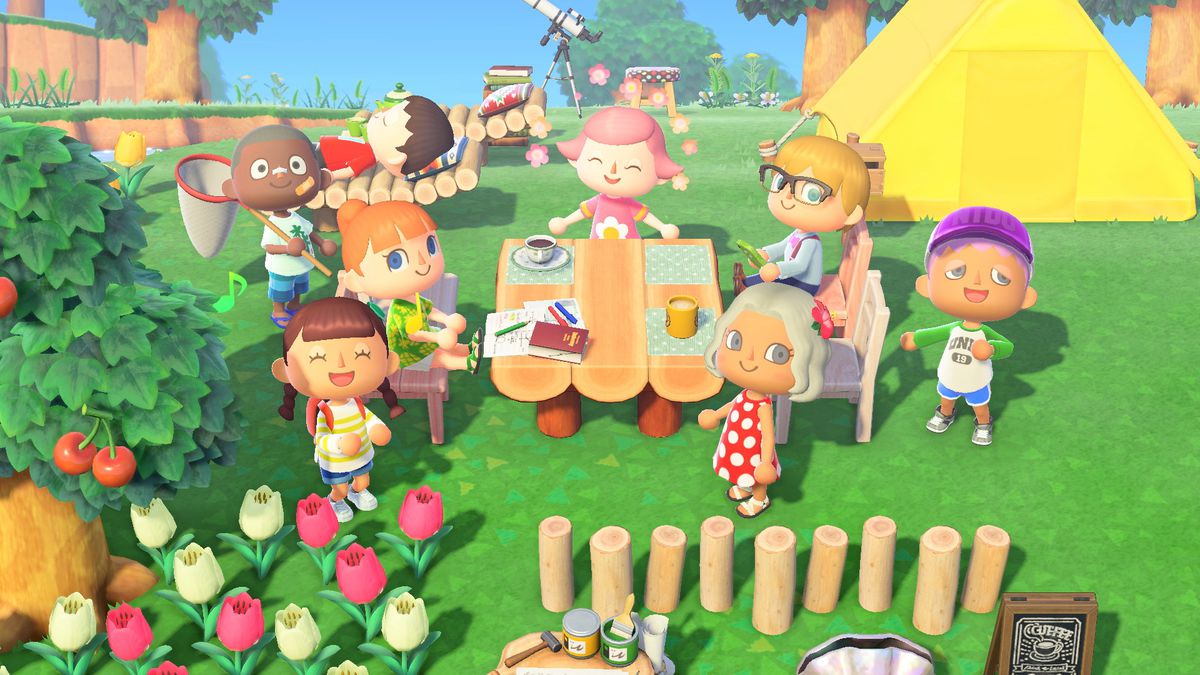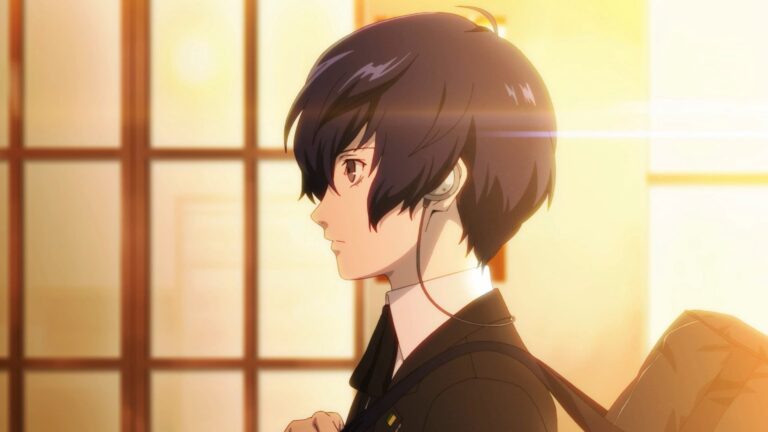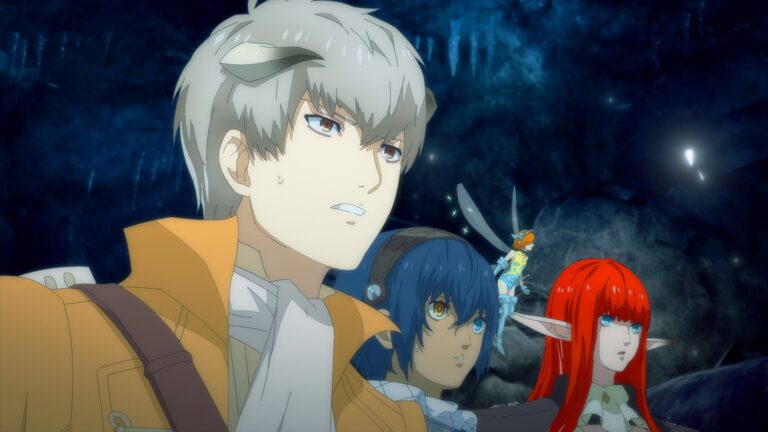When Nintendo announced that Animal Crossing: New Horizons would be delayed back in 2019, few could hide their disappointment. After seeing the teases of the life-simulator series’ brand new setting and gimmicks, people’s excitement and impatience for New Horizons’ release was palpable. Thus, the game being held back for some time led gamers to go online in order to voice their frustration at having to wait for the game, an understandable reaction to be sure. However, that delay was the best thing that could have happened, for the game and its fans alike.
By the game’s slated release of March 2020, the world was in the grip of the COVID-19 pandemic, forced to reckon with substantive changes to life and society in a short period of time. People around the world were asked to quarantine in their homes, their plans and goals for the year grinding to a halt. The sense of panic and rise in doomsday rhetoric didn’t help matters, instead serving to strain relationships and wear on people’s nerves. In the midst of all this growing madness, it was no wonder people wanted a break, however brief, from the turbulence of quarantine woes.
It was during these days that, where we would originally seek outwards and the comfort of others, we had to look inward to our own homes—and it was during this swirling mess that New Horizons arrived at our doorsteps. The timing could not have been better.
Life Outside, Indoors
Animal Crossing: New Horizons continued the series’ tradition of players expanding their towns and attracting townspeople, but with a unique twist: villages are now built from the ground up on deserted islands. It started players at the most basic level possible, with the most extravagant structure one can initially construct being a mere 14×14 tent erected on a dirt patch at the island’s center. If players wanted to call this lonesome island home, they would have to put in the work and time for it, a task made unexpectedly easier by the demands of the pandemic.
Being tied down at home and unable to venture out into the real world meant there was more time available to make the most of New Horizons’ features and exploration options. The early days on one’s island set the tone well, tasking the player with aiding in the setup of Blathers’ museum and building towards the construction of their first house. From there, players could peruse, run, climb, and pole-vault across both their own island and the islands run by others. There was much to be done in the game, and reality had managed to align with those virtual demands in a roundabout fashion.
Despite being a chore simulator at its core, Animal Crossing made every one of those chores feel worthwhile, helping players build towards a bigger and better island. Progression was visible as players moved away from shoddy tents and makeshift furniture towards sturdy buildings and store-ordered furnishings. Seeing this world being brought to life before one’s eyes kept many glued to their Nintendo Switch consoles.
However, no island was complete without friends to inhabit it and a sense of community to enliven it. The player’s in-game mother would send occasional letters, ranging from heartfelt to adorkable. Villagers would go about their days, conversing with the player and forming relationships based on the player’s treatment of them. Though these animal villagers and wider digital connections couldn’t replace our real friends and family, they were good ones to have during our island adventures, as well as during the pandemic.
After all, COVID made it outright dangerous to socialize or meet up with anyone outside a person’s household. Longtime friends and loved ones weren’t able to freely see one other without risking potential health concerns, amplifying the existing sense of loneliness and despair that comes with being trapped indoors for months on end. In the face of this grim state of affairs, Animal Crossing: New Horizons tried its damnedest to fill in that void borne of an absence of human connection.
A Horizon that Never Sets
It didn’t take long for players to reach the ‘endgame’ of New Horizons. With the huge boom of the game’s popularity and sales numbers, hundreds of thousands flocked online to look for ways to streamline their island experience to best suit their preferences. From stalk market trading to time travel, players utilized all sorts of tips and tricks to fully improve their island while filling their wallets. Given the speed and efficiency with which people ‘finished’ the game, it’s easy to imagine a scenario where players burned out on New Horizons and abandoned it in droves.
However, Nintendo EPD made the wise decision to continue supporting and updating New Horizons with seasonal content additions that the game had lacked in its base state. These updates added new events that allowed players to obtain charming seasonal items and meet new faces for the holidays. In addition, the new content included expansions to existing structures like the museum, the ability to swim and dive in water, and the option to sit in nearly any location. Had Nintendo not been so generous in its post-launch additions to the game, New Horizons might have ended up in the shadow of other major releases from that same year.
There’s no question that New Horizons had stiff competition coming into 2020, which makes its success all the more pronounced and admirable. Such blockbuster titles as Doom Eternal, The Last of Us Part II, Cyberpunk 2077, and Ghost of Tsushima all released over the course of the year. Yet for all the worry that it might be crowded out, New Horizons managed to retain its universal acclaim and widespread appeal, thanks to being a steadfast comfort in the lives of those longing for something beyond the walls of their house. Considering that consistent and pleasant presence, we have to thank New Horizons for making the dim days of this past year a little brighter..
No related posts.






